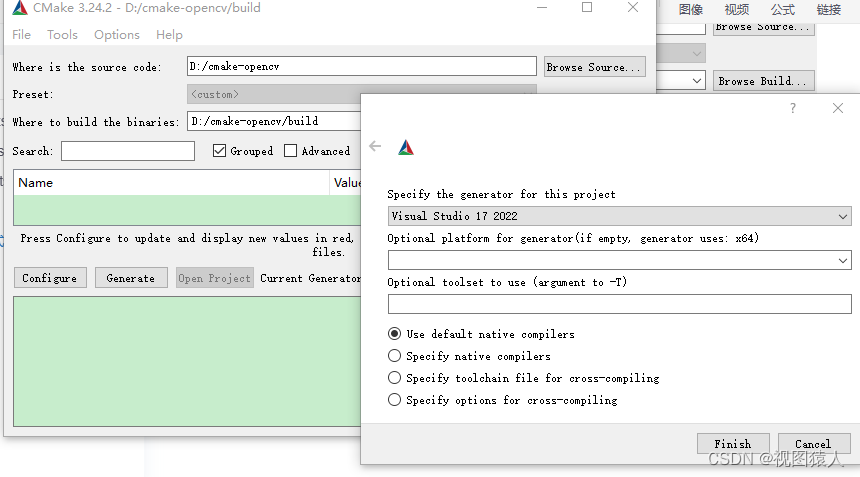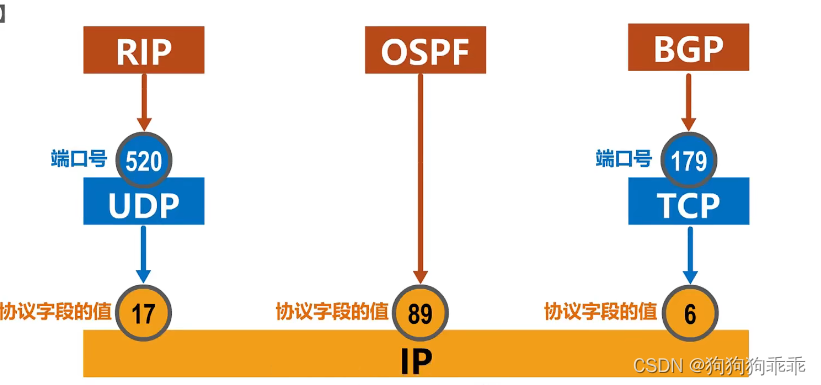一、什么是闭包
概念:闭包还是作用域的一种特殊应用
二、触发闭包的情况
1.函数当做返回值被返回
2.函数当做参数被传递
3.自执行匿名函数
//情况1:函数当做返回值被返回
function fn(){const a = 1;return function(){console.log(a) //1};
}
const a = 5;
const cb = fn();
cb();//会在定义的最近的上一层寻找//情况2:函数当做参数传递
function fn(cb){const a = 100;cb()
}const a = 500;
fn(function(){console.log(a); //500
});//在定义的最近的外一层寻找//情况3:自执行匿名函数
(function(index){console.log(index); //10
})(10);三、闭包的应用
1.隐藏变量
2.解决for i 的问题

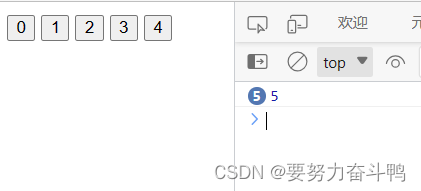
我们想要实现点击第一个button出现0,点击第二个出现1,依次类推
使用自执行函数
<!DOCTYPE html>
<html lang="en">
<head><meta charset="UTF-8"><meta http-equiv="X-UA-Compatible" content="IE=edge"><meta name="viewport" content="width=device-width, initial-scale=1.0"><title>Document</title>
</head>
<body><button>0</button><button>1</button><button>2</button><button>3</button><button>4</button>
</body>
<script>const aBtn = document.getElementsByTagName("button")for(var i = 0; i < aBtn.length;i++){(function(index){aBtn[i].onclick = function(){console.log(index)}})(i)}
</script>
</html>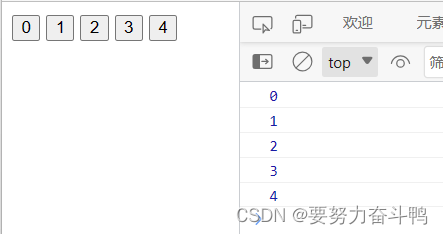
公司中是这么写的,因为let是块级作用域,每次执行i都会保存起来
const aBtn = document.getElementsByTagName("button")for(let i = 0; i < aBtn.length;i++){aBtn[i].onclick = function(){console.log(i)}}
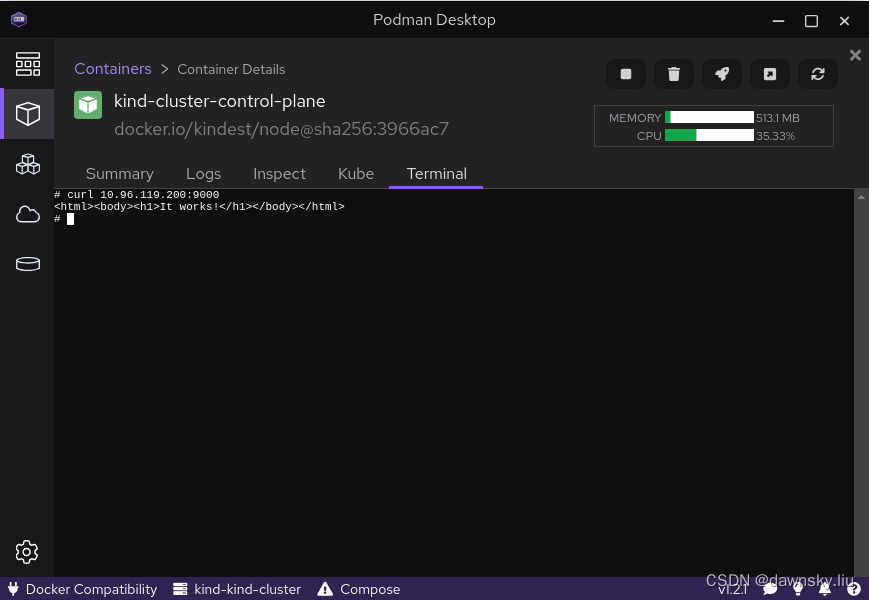



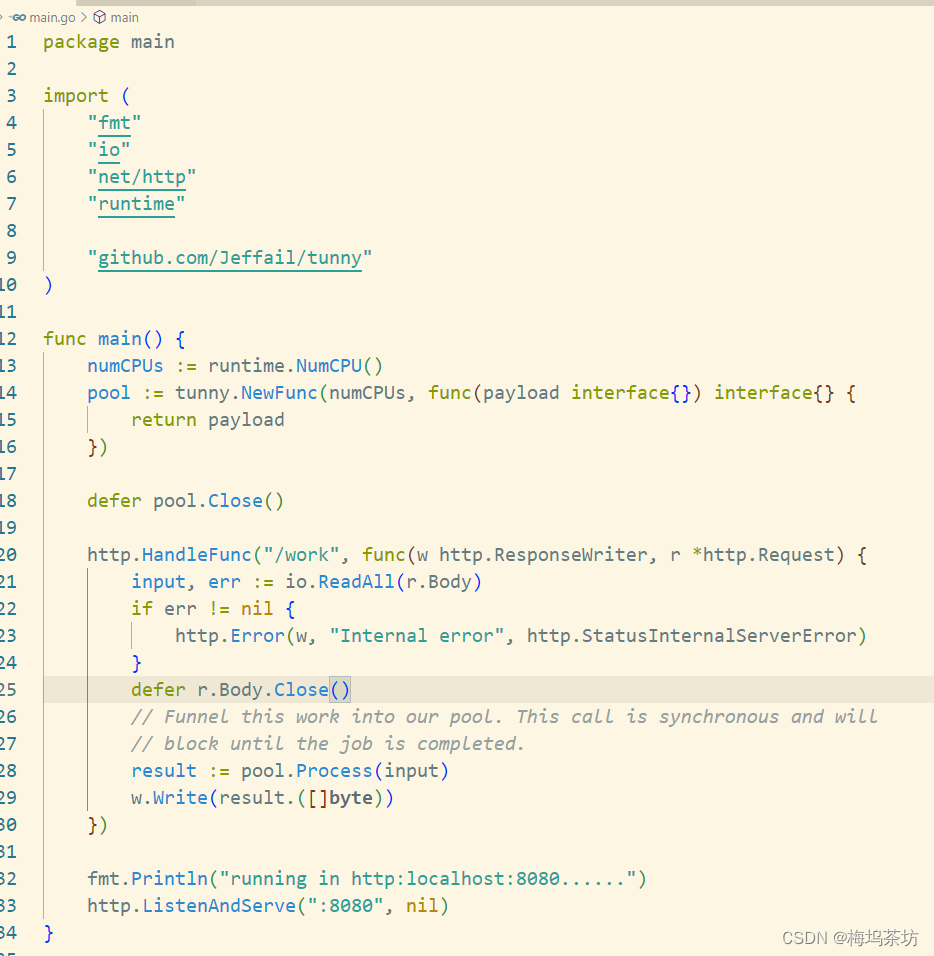
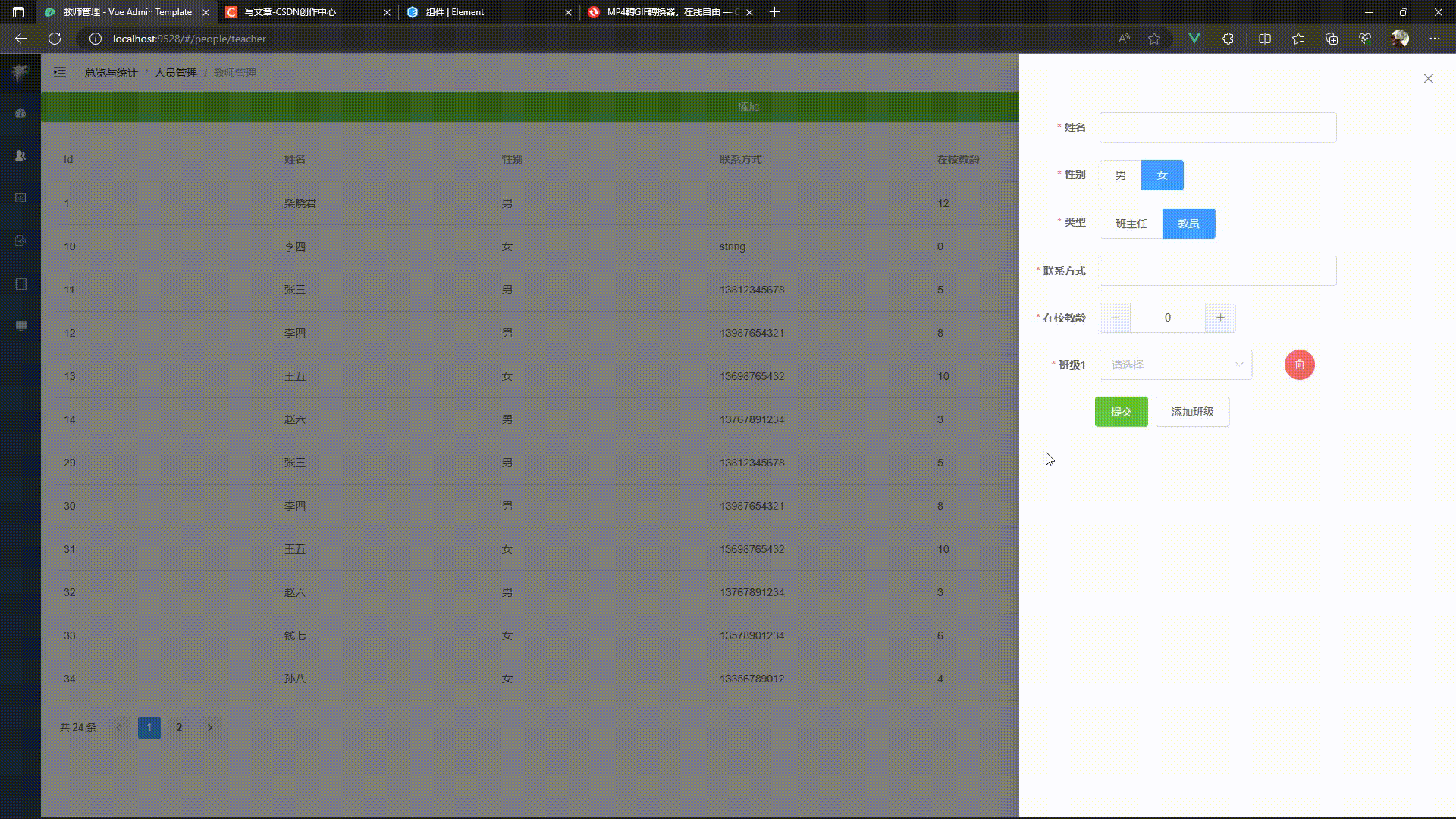
![[Mongodb 5.0]单机启动](https://img-blog.csdnimg.cn/40e39571104b44de919d4cb0b6e01bb3.png)




